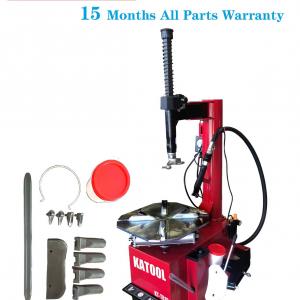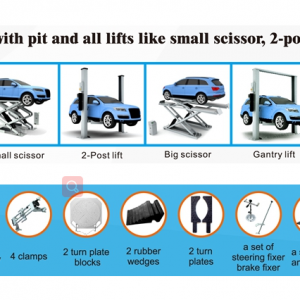The technical requirements for Wheel aligner
Four-wheel alignment is extremely important to maintain driving safety, steering stability, and normal tire wear. The vehicle’s positioning angle is incorrect. During emergency braking, deviations and sideslips may occur, leading to serious accidents. In normal operation, the life of the tire may be shortened, and the misalignment or failure of components such as the steering rod will often lead to the loss of steering control. The results are unthinkable. Therefore, it is very important to perform four-wheel positioning for the vehicle.
The main factors affecting wheel alignment and use of relevant, such as uneven pavement at high speed, severe braking, inertial sideslip, overloading, uneven weight distribution, excessive speed when cornering force is too large to make the roll, as well as Parking in the street often unilateral or bilateral wheel Impact shoulder and so on. Of course, the factors affecting wheel alignment and maintenance of quality-related, such as a collision repair, repair suspension systems, steering systems repair and replacement of wheels or tires, the wheel alignment parameters there may cause inaccurate.
Once the fault phenomenon is found, it should be detected and adjusted in time. The “Automotive Four-Wheel Alignment Special Topic” focuses on the entire process of automobile four-wheel alignment. It focuses on inquiries and diagnosis, vehicle road test, inspection and replacement, four-wheel alignment, and adjustment and test process analysis.
Inquiry and diagnosis. It is very important for the driver to provide comprehensive and true fault occurrence time, situation, cause, and what faults accompany it. Because the driver is very familiar with the performance of his own car, any small changes in vehicle performance, sound and vibration, usually the driver can feel. Strictly speaking, any of the small changes mentioned above have their reasons, perhaps the cause of the failure. However, after all, the driver can only feel the change of the vehicle performance from the driving experience, and cannot tell the internal and external connections of the fault. Sometimes, for some reasons, some drivers intentionally hide some important situations. This not only requires the repair technician to be able to understand the situation from the driver scientifically and reasonably, but also requires the repair technician to be good at communicating with the driver.





